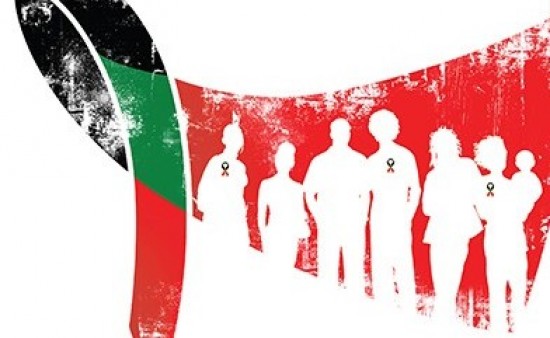Tuesday, February 7, marks National Black HIV/AIDS Awareness Day 2017 (NBHAAD). Organized by the NBHAAD Strategic Leadership Council, the day aims at getting the public educated, tested, involved and treated. Tool kits and press materials are available at NationalBlackAIDSDay.org.
In an effort to highlight the shared responsibility of families, friends and communities in battling the epidemic, the theme of NBHAAD is once again “I Am My Brother’s and Sister’s Keeper: Fight HIV/AIDS.”
The Centers for Disease Control and Prevention (CDC) offers a collection of information about how HIV affects the Black community and what you can do to prevent the virus from spreading.
Fast facts provided by the CDC include:
- African Americans are the racial/ethnic group most affected by HIV in the United States.
- Gay and bisexual men account for more than half of estimated new HIV diagnoses among African Americans.
- The number of HIV diagnoses among African American women has declined, though it is still high compared to women of other races/ethnicities.
- In 2014, 44 percent (19,540) of estimated new HIV diagnoses in the United States were among African Americans, who comprise 12 percent of the U.S. population.
- Among all African Americans diagnosed with HIV in 2014, an estimated 73 percent (14,305) were men and 26 percent (5,128) were women.
- From 2005 to 2014, the number of new HIV diagnoses among young African-American gay and bisexual men (ages 13 to 24) increased 87 percent. But that trend has leveled off recently, with the number declining 2 percent since 2010.
On social media, look for @natblackaidsday as well as #NBHAAD and #NBHAAD2017.
And for a collection of POZ articles regarding African Americans and HIV, click here.







Comments
Comments